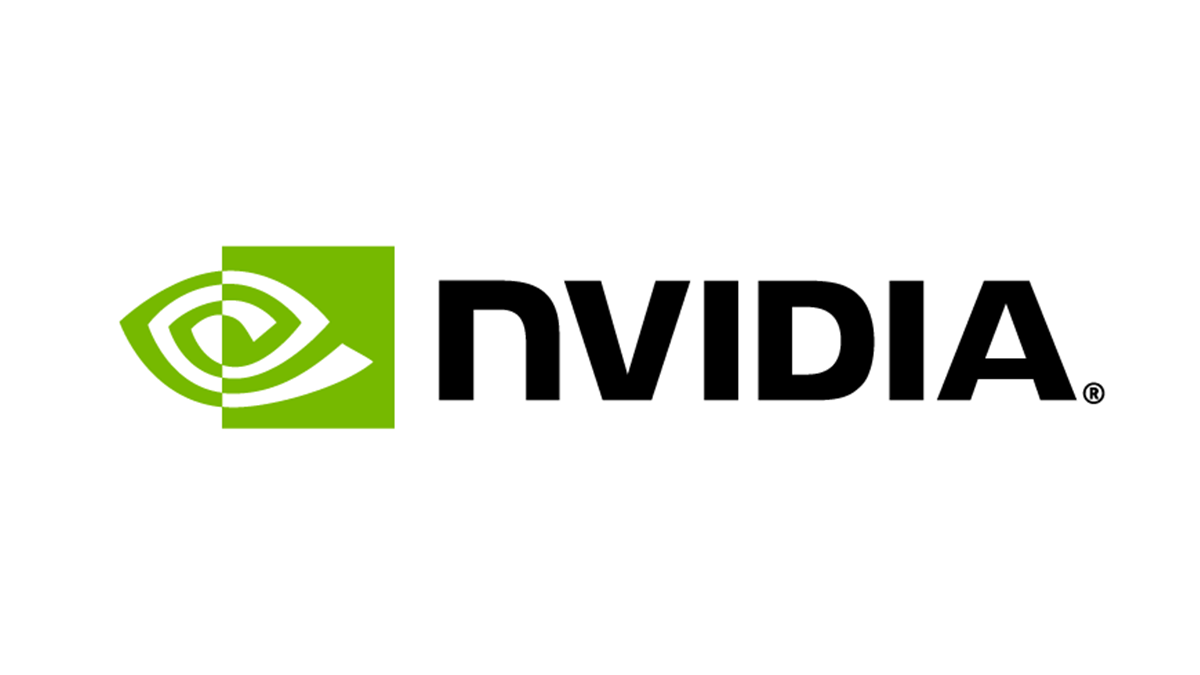In January 2016, Credit Suisse released a report that examined the market implications of blockchain, which, back then, was only just outlining itself as an emerging technology. The report found that among thought leaders, the industry on which blockchain was destined to have the largest impact was finance, with
The connection between finance and new technology is hardly surprising, considering that the finance industry has been the
With ample investment, advanced technology, and the active potential to completely disrupt the structure of modern finance through its application, blockchain is currently the word on everyone’s lips in the world of financial systems.
How Can Blockchain Achieve Such Impressive Innovations?
There are several network types when it comes to the structure of modern blockchain. What began with decentralized ledgers has evolved, with these new changes bringing further utility. While many within the blockchain community understand blockchain as a universally available system in which absolutely anyone can read and submit transactions, there is actually more than one type of blockchain system that can be, and has been, constructed.
In the public blockchain, which is the more common system, pseudonyms are allocated to both network participants and transactions, allowing for privacy and the detachment of public information and private data. But, when dealing with private financial data, this method goes against a whole host of regulations, posing an impossibility for financial systems.
That’s where private blockchains come into play, which alternatively employ cryptographic user identification to
But, simply recording data is not enough utility to provide any major shift within modern finance. Alongside the ability to record data permanently, the algorithmic technology that underpins blockchain, known as smart contracts, allows for the enforcement of contractual agreements. The tandem use of these systems allows modern financial institutions to bypass the need for traditional intermediaries in transactions.
This stems from the fact that smart contracts can self-execute once a range of criteria have occurred, with this technology having the potential to eliminate any manual processes within modern banking. From trading and lending to currency exchange, any financial movement could be automated, dramatically reducing the cost of verification, increasing speed, and boosting the efficiency of the industry as a whole.
Potential Applications of Blockchain Within Modern Finance
If financial institutions were to adopt blockchain and the smart contract system that it entails, they could effectively automate a huge proportion of the most resource-strenuous processes currently conducted in the world of finance.
As blockchain could offer exact recording, instant transactions, and condition-specific contracts, the potential applications are fairly limitless. Blockchain businesses are already engineering a larger social presence, making the brilliance of their products known by working with marketing agencies and
To exemplify the extent to which blockchain technology could radically shift modern financial systems, we’ve focused on five uses with a documented and dramatic impact.
Each of these advancements is accompanied by real-world examples of the practice in action, helping to further demonstrate that blockchain is already here innovating the system.
We’ll focus on:
- Payment Processing
- Post-Trade Settlements
- Securities Insurance
- Trade Finance
- Regulatory Compliance
Let’s break these down further.
Payment Processing
Modern financial systems, although operating continually, are fairly ineffective. Their cumbersome systems are riddled with many customer fees and intermediaries, which slow down the process while also increasing the overall cost to both financial institutions and clients.
The arrival of blockchain to this system, through the use of interconnected private networks, would allow financial institutions to make instantaneous transactions with each other. Alongside reducing fraud risk, this would also significantly speed up transactions, especially within remittance payments.
This latter point was pinpointed by
Post-Trade Settlements (Derivatives, Credit Default Swaps, Corporate Loans)
In a recent market analysis,
Blockchain aims to radically shift post-trade settlements, providing manual and enhanced audit and regulatory functions. Within the blockchain, as information is easily traceable and visible to all parties involved, the ability to resolve conflict and arrive at a resolution is greatly increased.
The mass adoption of blockchain as a primary method of conducting post-trade settlements would automate the bulk of the process, decreasing resource expenditure and the cost of this service. Alongside this, it would reduce T+3 to an almost instantaneous transfer, again helping the modern financial system to increase its overall efficiency.
Securities Insurance
As outlined by Evangeline Ducas in their economic journal article on ‘
Blockchain, with its permanent digital record of transfers amongst private parties, would allow this process to become completely automatic, as well as provide further documentation. With the permanence of blockchain, both accounting and auditing of this function become simple, reducing the need for huge expenditures in these areas.
Additionally, a movement to the blockchain would ensure that regulatory supervision is embedded into the process while also dramatically boosting the transparency of ownership within the finance industry. As these private networks are visible to those involved within them, modern financial institutions would be able to access and record private securities transactions with ease.
This useful application of blockchain was already demonstrated as incredibly valid back in 2015, with the
Trade Finance
Modern trade finance works on a strict basis, only releasing funds once goods have been delivered. While this system works, to an extent, it can lead to disputes when the goods in question have limited visibility.
As blockchain offers real-time visibility of data, this technology would ensure that all parties can actively bear witness to the shipment and logging of goods. With this in mind, smart contracts can be created that will release funds accordingly once goods are dispensed.
Due to the advanced tracking, monitoring, and recording capabilities of blockchain, trade finance would become completely automated, significantly increasing the efficiency of this area of modern finance.
A demonstration of this in action is already occurring within the tourism and hospitality giant, Airbnb. Although a peer-to-peer service, they
This is an example of a micro-smart contract in action, with the financial industry being able to put blockchain to use to rapidly modernize trade finance entirely.
Regulatory Compliance
Any errors within regulatory compliance cost financial institutions a huge sum of money, whether that is in correction fees or in regulatory fines. By employing blockchain technology and automating compliance within transactions, KYC processes would become automatic, ensuring that full compliance is always ensured.
With the movement away from public ledgers to private ones, the blockchain could also fulfill KYC without revealing any public information and infringing on data laws, mapping real-world identities onto cryptographic identities.
As more modern financial systems begin to adopt blockchain, the internal network could be expanded, providing the possibility for many financial parties to share encrypted IDs across their institutions. With this, the blockchain network could completely replace regulatory compliance within banking, helping to increase the efficiency of the process while saving money.
Commenting on blockchain’s potential, McKinsey & Company foresees between
Final Thoughts On Blockchain’s Place in Modern Financial Systems
While still in a relatively nascent stage, the development of blockchain could represent a gravitational shift in how modern financial systems operate. With its unmatched tracing and the ability to automate, blockchain represents a technology that can radically innovate several areas of the seemingly outdated financial systems.
Many of the examples we’ve focused on are already in action, further proving the validity of blockchain and its power in this crucial moment of progress. Although there are still legislative and cooperative barriers to total incorporation, over the next 10 years, we’ll likely see blockchain become a permanent disruptive technology within financial systems.














